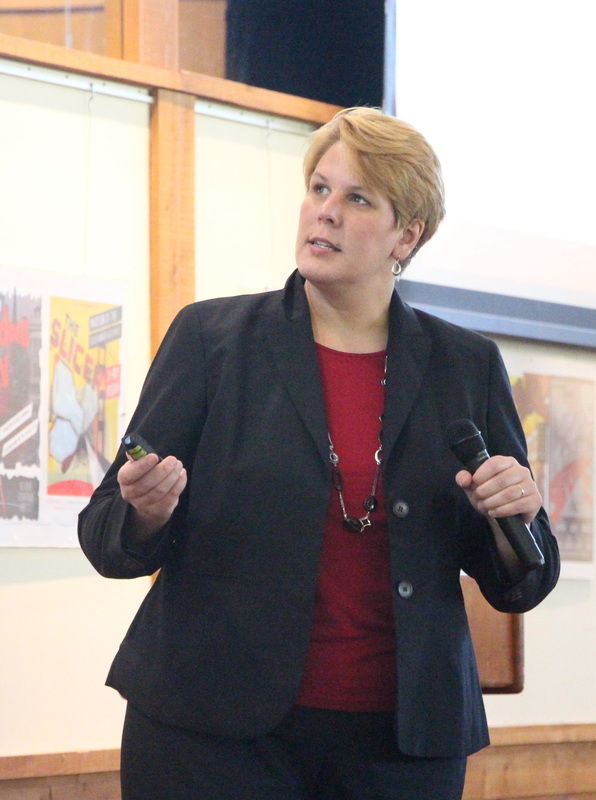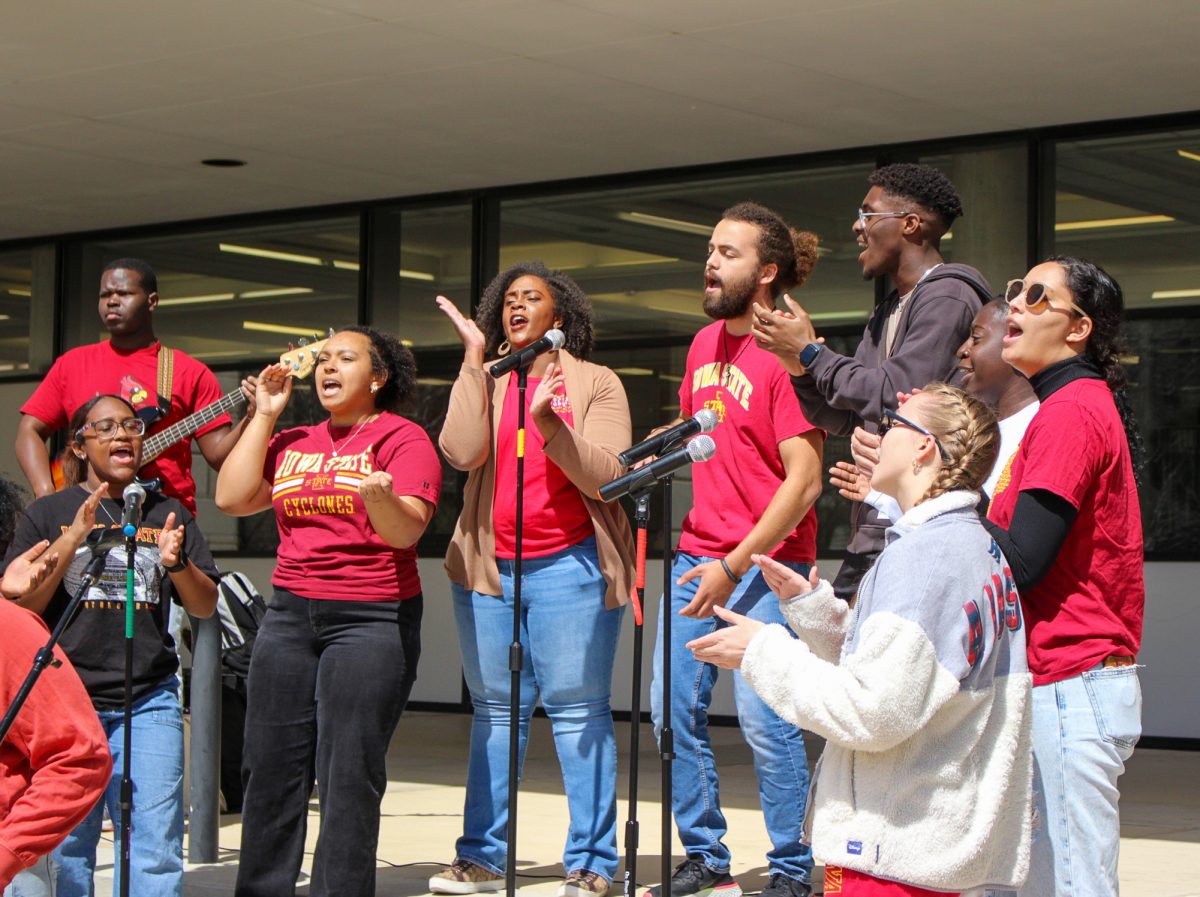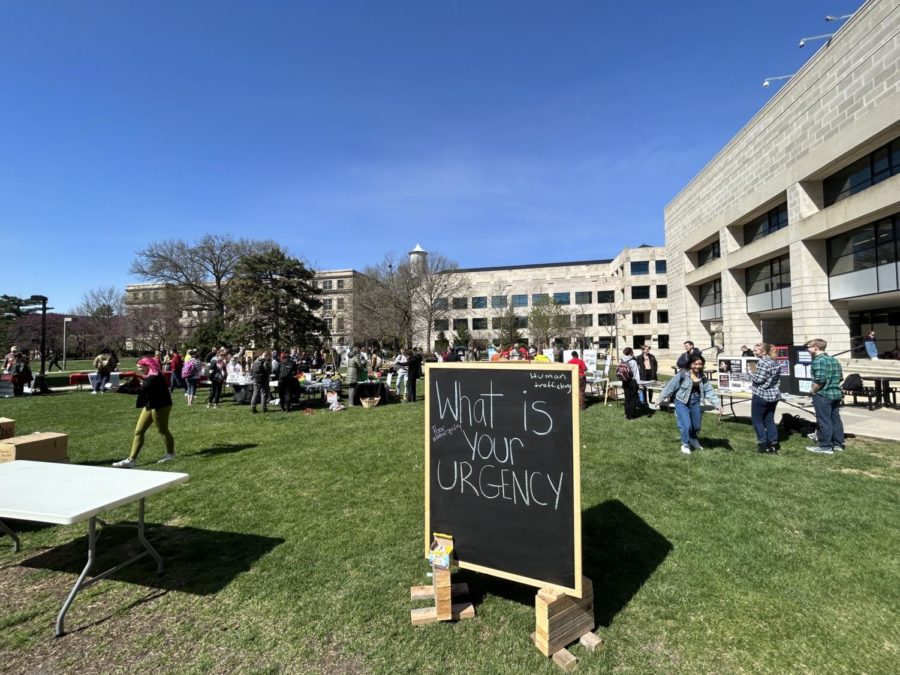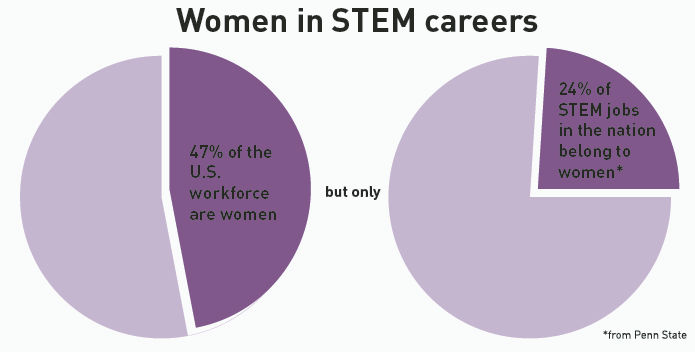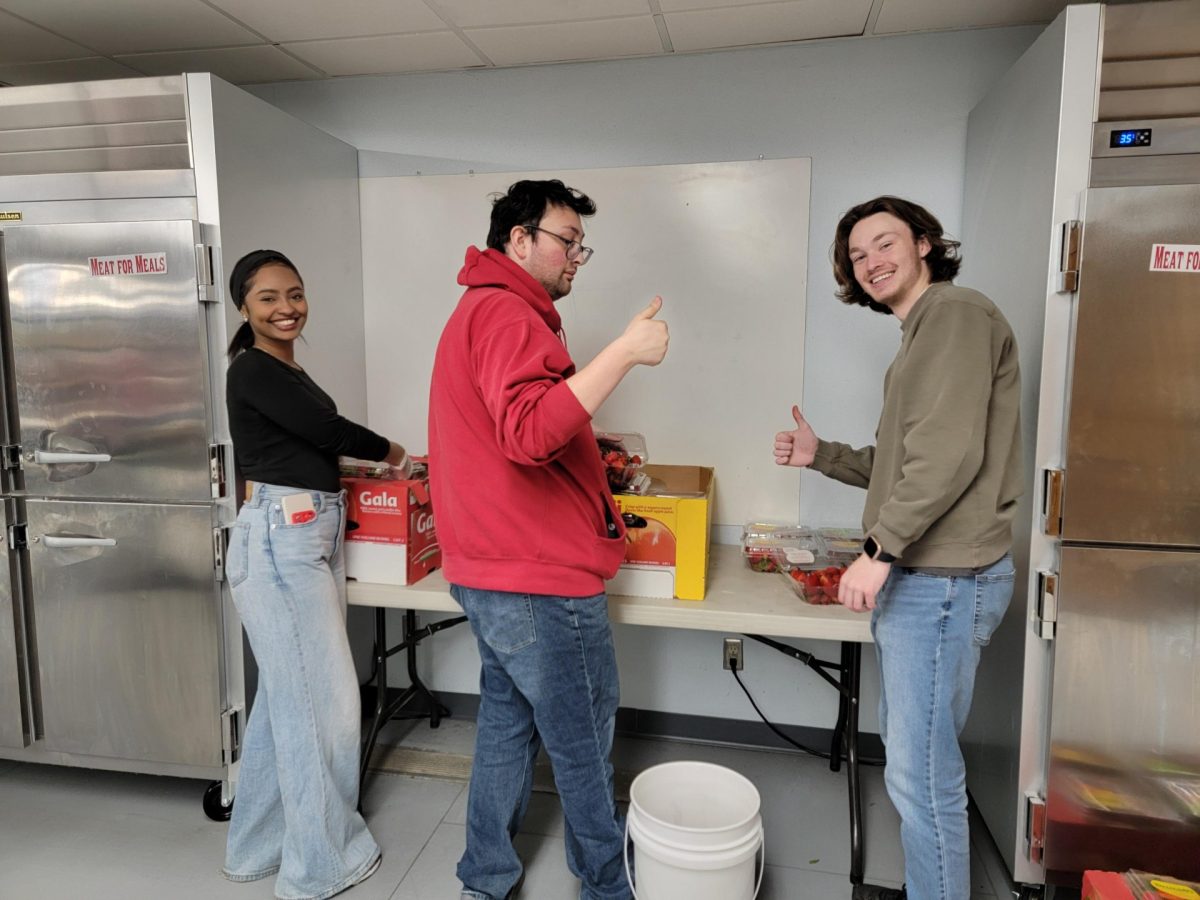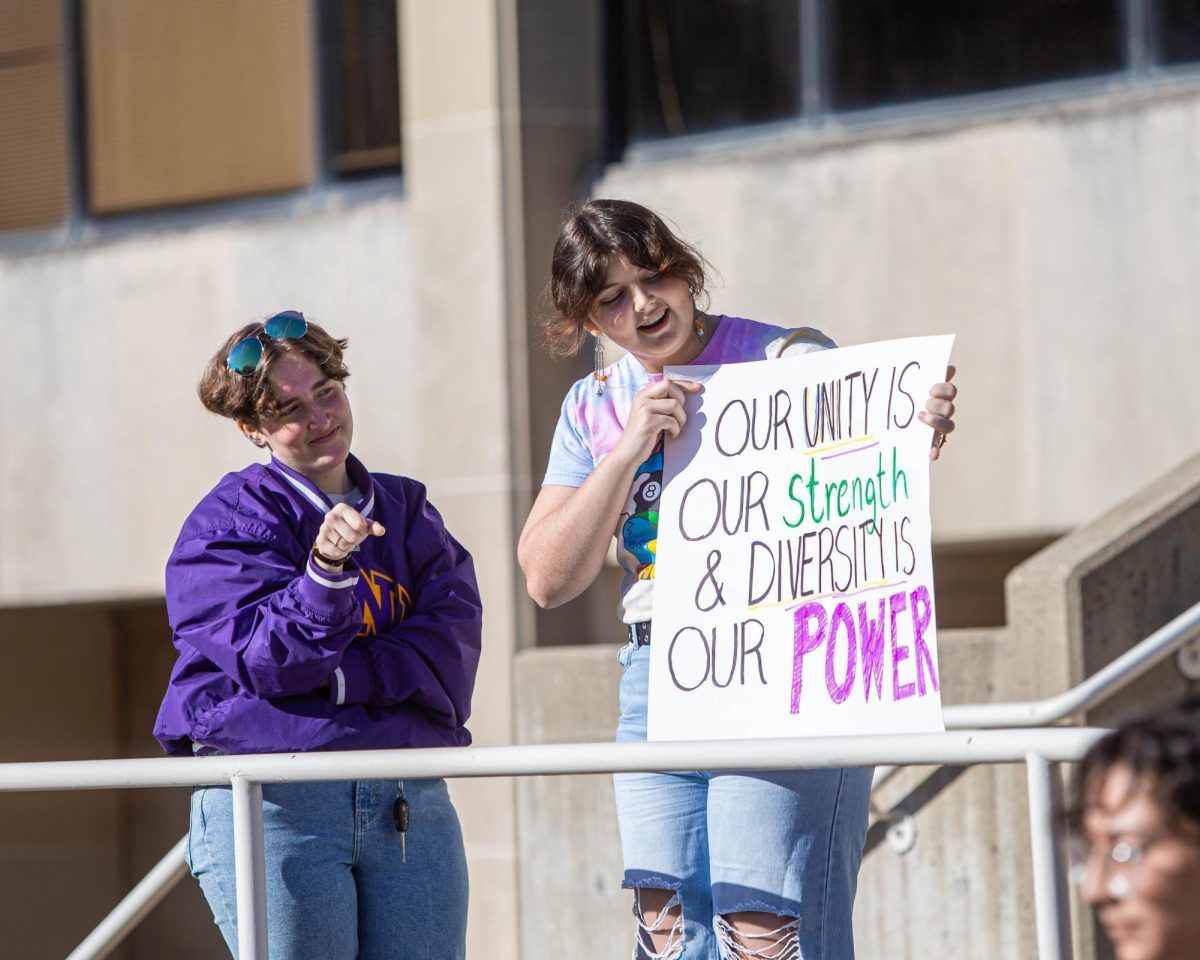When walking with headphones in, it can be second nature to unconsciously sync footsteps to the beat of the music. Moving and listening to music produces dopamine, a neurotransmitter that allows feelings of enjoyment and pleasure.
People with Parkinson’s disease have a reduced level of dopamine-producing cells in their brains. Music therapy programs, like dancing and singing groups, can be an effective and enjoyable way to practice movements and train memory.
Elizabeth Stegemöller, an assistant professor in kinesiology and a board-certified music therapist with a Ph.D. in neuroscience, works to determine how music therapy facilitates movement and modulates associated brain activity in people with Parkinson’s.
Stegemöller’s research has demonstrated that music therapy and training can improve major impairments as a result of Parkinson’s, such as swallowing and respiratory functions.
This research has also created three outreach programs in Ames: a singing group, a boxing group and a dance group. The groups, led by Stegemöller and eight student volunteers, meet for one hour each week. Participants gather to engage in activities involving guided movement, breathing and vocals.
Stegemöller directs the singing group behind a grand piano, leading songs with call-and-response verses. These songs are interactive, allowing participants to engage with one another both vocally and spatially.
“By engaging with music, whether it is dance or singing, we are hopefully increasing dopamine in the brain,” Stegemöller said.
Stegemöller began the outreach programs in 2013 after receiving a collaborative research grant for singing programs for people with Parkinson’s.
“We had about eight people that came that were part of the grant, they came and sang weekly and then we just kept going after that,” Stegemöller said.
Students in Stegemöller’s research lab can volunteer to help lead outreach programs for a research credit.
“The more students I got, the more I had them involved, and it’s been great,” Stegemöller said.
Michael Walters, a senior studying kinesiology and health, said he enjoys helping with these programs because of the people involved.
“For me, I had arranged my schedule so that I could go to all three [outreach programs] because this is a big priority for me, something I really get a lot of enjoyment out of,” Walters said.
Ann Smiley-Oyen, associate professor in kinesiology with a Ph.D. in kinesiology and psychology, studies how the brain contributes to effective movement. She has completed research on musical cues and musical beats to help people with Parkinson’s disease normalize their movement.
Smiley-Oyen also taught ballroom dance for many years, something she incorporated into early outreach events for undergraduate research students and people with Parkinson’s. Participants would learn dances like the swing, the foxtrot and the waltz.
“When we were doing the ballroom dance, they would dance with undergrads—-something really fun that they enjoyed,” Smiley-Oyen said.
According to Smiley-Oyen, dancing helps people with Parkinson’s practice and remember sequences of movement.
“The primary reason for using dance is because it helps persons with Parkinson’s disease move within a beat, and they have to change direction and remember steps,” Smiley-Oyen said.
Crystal Jewell, a graduate student studying neuroscience and psychology, has done research surrounding the neural and psychological bases of mindfulness meditation. Jewell also co-teaches virtual yoga classes for people with Parkinson’s.
According to Jewell, there are also medication-resistant motor and non-motor symptoms that affect the quality of life in people with Parkinson’s, such as depression, anxiety, breathing and swallowing.
“[This] is why we search for alternative treatments that holistically and endogenously, or internally without the help of a drug, promote neuroplasticity by increasing dopamine release, such as in music and dancing,” Jewell said.
When pairing rhythm to breathing, heart rate and movement with sensory feedback, researchers can assume that associated neural connections are being strengthened in people with Parkinson’s.
“Neurons that fire in synchrony together, wire together—our brains literally need rhythm to connect,” Jewell said. “We’ve all experienced the strange effect rhythm has on our bodies when we unconsciously begin walking to the beat of music playing in the background.”

